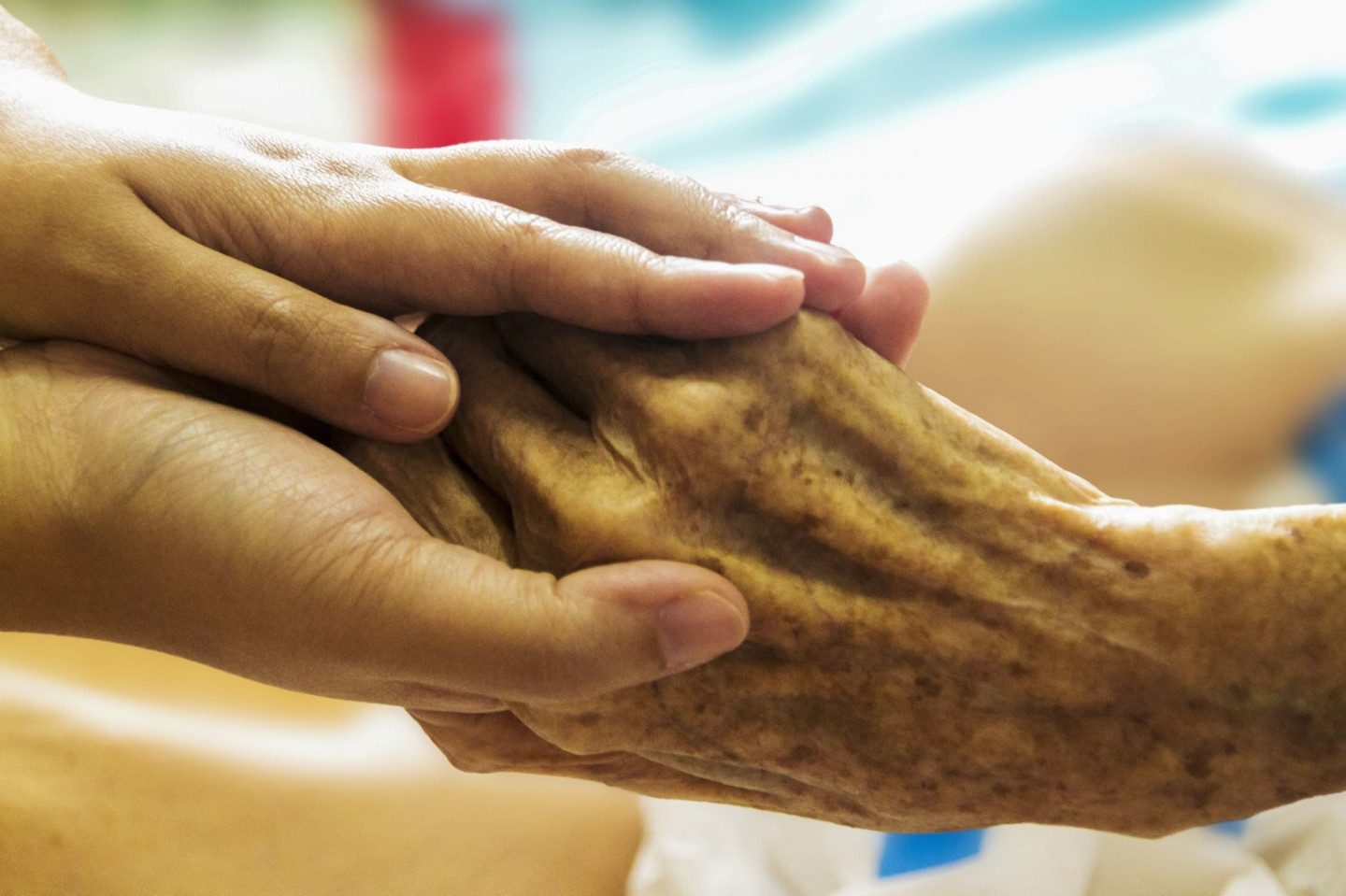What are the Legal Obligations of a Trustee?
Transcript:
Hi, my name is Jordan Flake. I'm an attorney with Clear Counsel Law Group. Sometimes a client, or potential client, will come to me and say, "I was left as the trustee on my parent's estate and now they're both passed away," and they want to know what do they have to do?
Well, a trust basically imposes several different legal responsibilities on the named trustee. There's a trust administration process that we have to go through in order to make sure that that trustee fulfills all of his or her legal responsibilities. That's basically the trust administration process.

A lot of people don't realize that they have these duties. When their parents' listed them as trust, maybe they didn't reach out to them and say, "Hey, by the way, I'm going to impose all these legal responsibilities on you," but the duties, nonetheless, exist. Sometimes, a lot of questions can arise about making sure that everything is distributed properly, administered properly.
Our objective, as a law firm, when we represent trustees, is to make sure that everything is done, according to the terms of the trust, and especially that the trustee isn't in any kind of legal peril or that there's no liability or any potential claims of breach of fiduciary duties.
In other words, the trustee, when they hire us, can take complete comfort and confidence in knowing that they are doing everything according to the law and that nothing's going to come back to bite them. If you're listed as the trustee of your parent's trust, you may want to set up an appointment, we don't charge for the initial consultation, just to come sit down with me.
If you have a copy of the trust, that'd be best. If not, we can just talk about how a trust administration works and what some of your responsibilities will be. Thank you.



